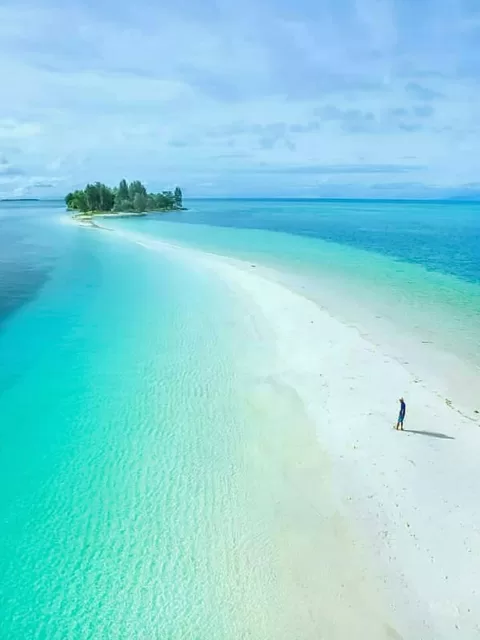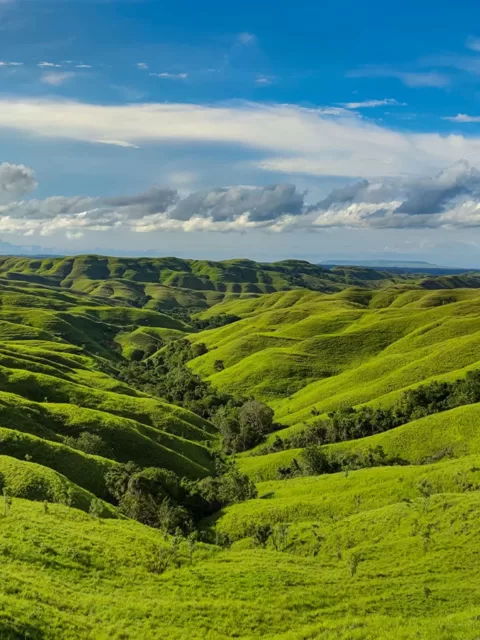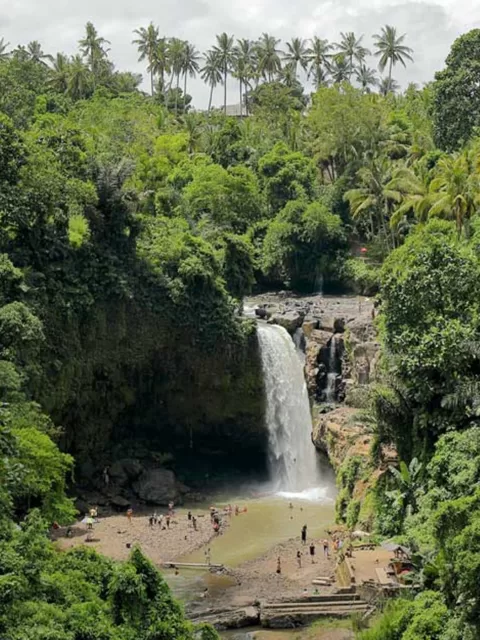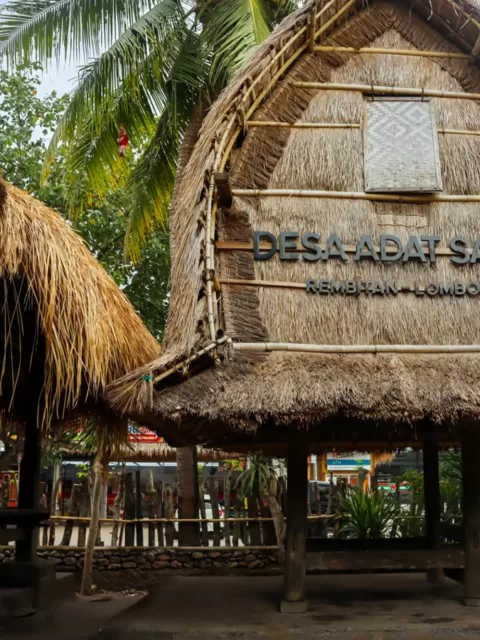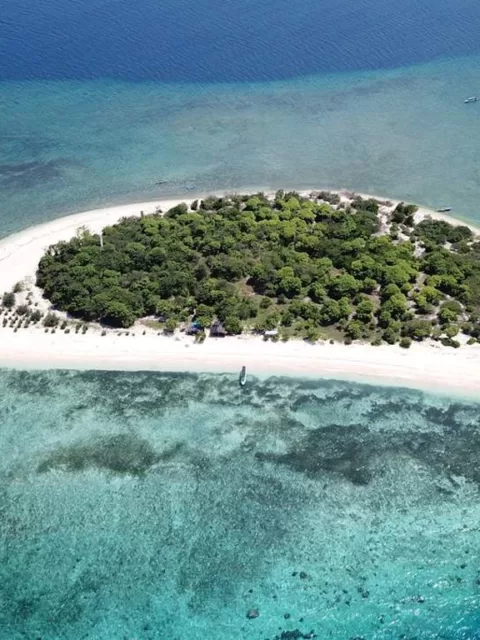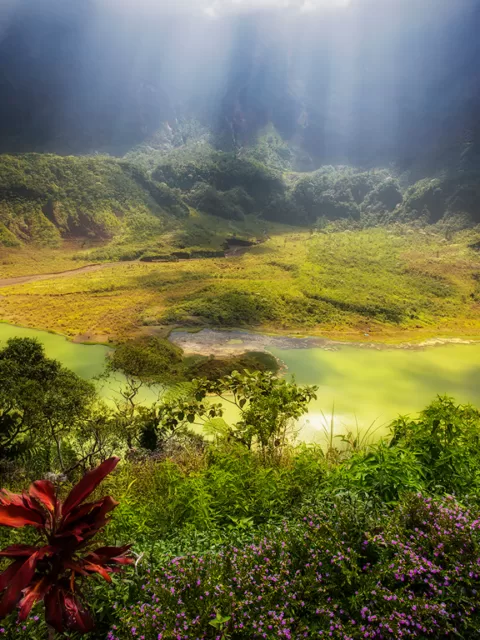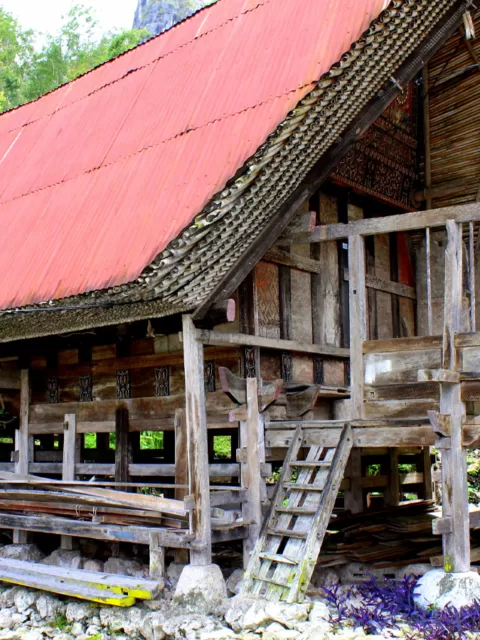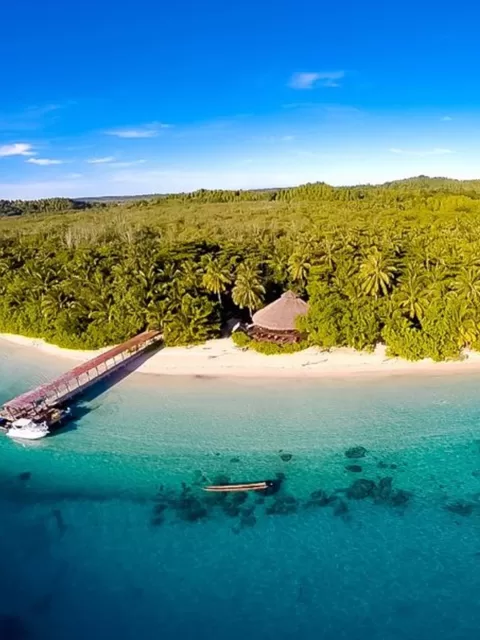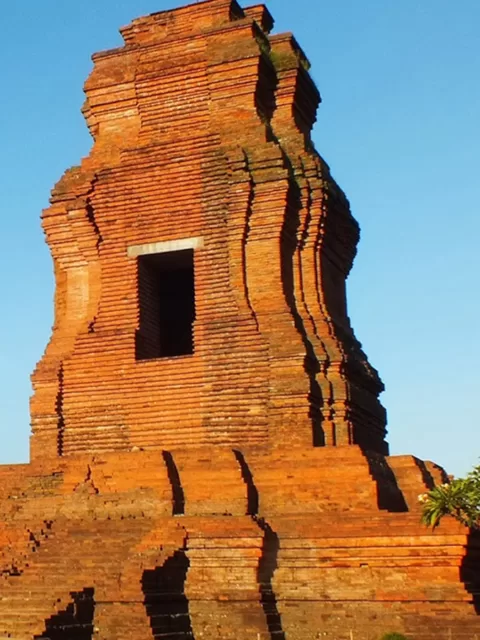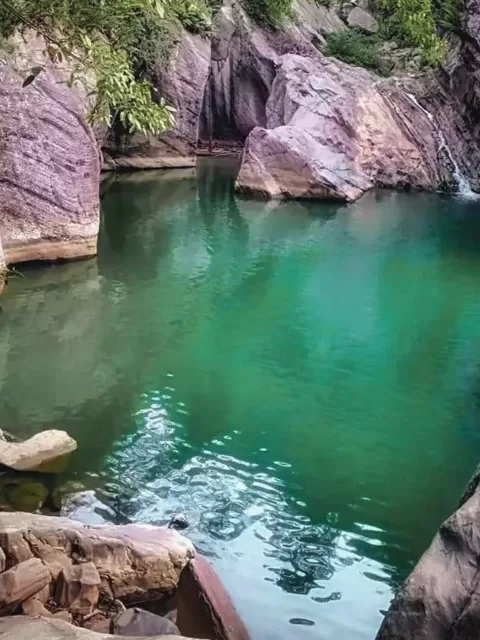Exploring Lorentz National Park: Southeast Asia’s Largest National Park
Brief Overview
Lorentz National Park stands as a testament to the natural wonders that Southeast Asia has to offer. Spanning 9,674 square miles in the Indonesian provinces of Papua and West Papua, it proudly holds the title of being the largest national park in the region. As we embark on this journey, the focus will be on unveiling the secrets and treasures that lie within the park’s vast expanse. With its rich biodiversity, geological marvels, and cultural significance, Lorentz National Park promises an unforgettable adventure for those seeking a unique and immersive experience in the heart of Southeast Asia.
Geological and Ecological Marvel
Lorentz National Park boasts an incredible tapestry of geological wonders and diverse ecosystems that make it a true marvel of nature. From towering mountain ranges, including Puncak Jaya, the highest peak in Oceania, to lush rainforests and extensive wetlands, the park offers a visual feast for nature enthusiasts. The geological features, such as limestone karst formations and glacial valleys, contribute to the park’s recognition as a UNESCO World Heritage Site. The ecological significance of Lorentz National Park lies not only in its unique landscapes but also in its role as a habitat for numerous endemic and endangered species, making it a priority for conservation efforts.
A Journey into the Heart of Lorentz National Park
Embark on a journey into the heart of Lorentz National Park, where adventure awaits at every turn. Accessibility to this wilderness paradise is facilitated by a variety of options, catering to different preferences and levels of experience. For those seeking an immersive trekking experience, the park’s extensive network of trails winds through the rainforest canopy, revealing hidden waterfalls and pristine landscapes. Alternatively, opt for a leisurely boat tour along the meandering rivers, where wildlife encounters and stunning scenery are the norm.
Guided tours are readily available, ensuring that you derive the maximum benefit from your exploration. Experienced guides, well-versed in the park’s intricate ecosystems and wildlife, will lead you through the wilderness, sharing their knowledge and insights into the wonders of Lorentz National Park. Accommodations within the park range from rustic campsites to more comfortable lodges, catering to a variety of travelers.

Adventures Await in Lorentz National Park
A treasure trove of wildlife awaits discovery within the depths of Lorentz National Park. Birdwatchers will be enthralled by the park’s avian diversity, home to an astounding 700 species. From the vibrant plumage of the kingfishers to the soaring eagles, the air is alive with the symphony of birdcalls.
Flora and Fauna
Diving into the heart of Lorentz National Park unveils an astonishing array of flora and fauna. The park is a biodiversity hotspot, home to diverse plant species adapted to its varied habitats, from alpine meadows to tropical rainforests. The flora includes rare orchids, pitcher plants, and ancient conifers. The fauna is equally captivating, with iconic species like the tree kangaroo, bird-of-paradise, and the endangered Sumatran tiger. The delicate balance of this ecosystem showcases the importance of conservation efforts to preserve these species and their habitats for future generations.

Encounters with terrestrial wildlife are equally exhilarating. Tree kangaroos, with their adorable joeys clinging tightly, gracefully navigate the rainforest canopy. Cuscuses, nocturnal marsupials, emerge from their daytime slumber to forage for food, their large eyes reflecting the moonlight. Along the waterways, crocodiles bask in the sun’s warmth, while the elusive cassowary, a flightless bird of prehistoric proportions, roams the undergrowth.
Indigenous Cultures and Traditions
Beyond its natural wonders, Lorentz National Park is a melting pot of indigenous cultures and traditions. Various tribes, such as the Asmat and Amungme, have called this region home for centuries. Their unique ways of life and cultural practices are deeply intertwined with the park’s landscapes. From traditional ceremonies celebrating the harmony between humans and nature to the crafting of intricate artifacts inspired by the surrounding flora and fauna, the indigenous communities add a rich tapestry of cultural significance to Lorentz National Park, making it not just a natural sanctuary but a cultural one as well.
Cultural Encounters within Lorentz National Park
Immerse yourself in the rich cultural heritage of the Asmat tribe, the indigenous inhabitants of the Lorentz National Park region. Renowned for their intricate carvings and traditional practices, the Asmat people have forged a deep connection with the land, living in harmony with the natural world for generations.

Witness traditional dances and ceremonies that embody the Asmat people’s spiritual beliefs and connection to their ancestral heritage. Observe their daily life, from the skilled craftsmanship of the men to the intricate weaving techniques of the women. Gain insights into their unique culture, a testament to their resilience and deep respect for the environment.
Adventure Activities
For those seeking an adrenaline rush, Lorentz National Park offers a myriad of adventure activities. Trekking through challenging terrains, visitors can explore the park’s hidden gems, from alpine meadows to dense rainforests. Wildlife enthusiasts can indulge in thrilling wildlife-watching experiences, spotting elusive species in their natural habitats. Specific trails, like the Carstensz Pyramid trek, provide a unique perspective of the park’s beauty. Aspiring adventurers should plan their visit during the dry season, from May to September, for optimal conditions.
Exploring Lorentz National Park’s Unique Ecosystems
Lorentz National Park is a symphony of diverse ecosystems, each with its distinct character and charm. Immerse yourself in the emerald embrace of the lowland rainforests, where towering trees form a verdant canopy that filters the sunlight, creating a mesmerizing interplay of light and shadow. The rainforest floor teems with life, from the vibrant flora to the diverse fauna that call this ecosystem home.
Ascend to the higher altitudes, where the alpine tundra unfolds its ethereal beauty. The low vegetation, adapted to the harsh conditions, paints the landscape with hues of green and brown, while the majestic peaks of the Mandala Mountains pierce the sky, their snow-capped summits glistening in the distance.
Venture into the park’s wetlands, a haven for aquatic species. The meandering rivers and tranquil swamps provide a nurturing environment for a variety of flora and fauna. Amphibians such as frogs and toads thrive in moist habitats, while waterbirds, from the graceful herons to the agile egrets, glide effortlessly across the water’s surface.
Conservation Efforts
Preserving the ecological integrity of Lorentz National Park is an ongoing challenge, given the threats posed by deforestation and illegal wildlife trade. Conservation initiatives, both local and international, play a crucial role in safeguarding this natural treasure. Efforts include habitat restoration, community-based conservation projects, and anti-poaching measures. Success stories, such as the recovery of certain endangered species, showcase the positive impact of these endeavors. However, continued dedication is essential to overcome the challenges and secure the future of Lorentz National Park.
Practical Tips for Visitors
Aspiring adventurers should plan their journey carefully to make the most of their visit to Lorentz National Park. Accessible by air, with flights to Timika and Wamena airports, visitors can then embark on a combination of road and boat travel to reach the park’s entrance. Entry fees and permits are required, and it’s advisable to check the latest regulations before planning the trip. The best time to visit is during the dry season, offering favorable weather conditions for trekking and exploration. Visitors should also prioritize safety, following guidelines, and respecting the park’s delicate ecosystems.
Accommodations and Facilities
While Lorentz National Park itself is primarily a wilderness area, nearby accommodations provide a comfortable base for visitors. Lodges and guesthouses in Timika and Wamena offer a range of options, from budget to luxury, catering to different preferences. Guided tours, led by experienced local guides, provide insights into the park’s biodiversity and cultural heritage. Educational programs, such as bird-watching excursions and traditional craft workshops, enhance the overall experience, making Lorentz National Park accessible to a broad spectrum of visitors.
Conservation Tourism and Responsible Travel
Conservation tourism plays a pivotal role in sustaining Lorentz National Park. Visitors are encouraged to adopt responsible travel practices to minimize their environmental impact. This includes staying on designated trails, refraining from littering and respecting the park’s wildlife. Supporting local communities through responsible tourism initiatives ensures that the benefits of tourism are shared equitably. By fostering a sense of environmental stewardship, conservation tourism becomes a driving force in preserving Lorentz National Park for future generations.

Preserving Lorentz National Park’s Natural Treasures
Lorentz National Park stands as a beacon of biodiversity, a vital component of Indonesia’s conservation efforts. Recognized as a World Heritage Site by UNESCO, the park harbors an unparalleled wealth of plant and animal species, many of which are found nowhere else on Earth.
The park’s ecosystems are intricately interconnected, each playing a crucial role in maintaining the delicate balance of nature. The lowland rainforests, with their towering trees and diverse understory, act as natural water filters, ensuring the purity of the rivers and streams that flow through the park. The alpine tundra, though seemingly barren, provides a vital habitat for a variety of specialized plants and animals adapted to the harsh high-altitude conditions. The wetlands, with their mosaic of waterways and marshy areas, serve as a breeding ground for countless aquatic species.
The park’s wildlife is equally diverse, showcasing the remarkable adaptability of life on Earth. From the majestic tree kangaroos to the elusive cassowaries, from the vibrant kingfishers to the stealthy crocodiles, each species plays a vital role in the park’s intricate web of life.
Recognizing the importance of preserving this natural treasure, Indonesia has implemented a comprehensive conservation strategy, encompassing a range of initiatives to protect the park’s ecosystems and wildlife. These efforts include:
- Strict enforcement of park regulations to prevent illegal logging, hunting, and other activities that threaten the park’s biodiversity.
- Establishment of community-based conservation programs that involve local communities in the protection of their natural resources, promoting sustainable livelihoods and reducing dependence on exploitation of the park’s resources.
- Ongoing scientific research to monitor the park’s ecosystems and wildlife, providing valuable data for conservation planning and decision-making.
- Education and awareness campaigns to raise public understanding of the importance of Lorentz National Park and the need for its conservation.
Final Thoughts
Lorentz National Park, Southeast Asia’s largest and most ecologically diverse wilderness, beckons adventurers and nature enthusiasts alike. Its vast landscapes, teeming with wildlife, offer an unparalleled opportunity to explore the wonders of the natural world.
As we venture into the depths of this extraordinary park, let us tread with reverence, mindful of the delicate balance of nature we are privileged to witness. By embracing responsible ecotourism practices, we can minimize our impact on this fragile ecosystem, ensuring that its natural splendor endures for generations to come.
Let us share our experiences of Lorentz National Park, inspiring others to embark on their journeys of discovery and conservation. Together, we can advocate for the preservation of this natural treasure, ensuring that its legacy of biodiversity continues to enrich our planet.
Exploring Lorentz National Park: Southeast Asia's Largest National Park
Lorentz National Park is Southeast Asia's largest national park, offering an unparalleled opportunity to immerse yourself in the heart of its untamed beauty and diverse ecosystems. With its vast lowland rainforests, soaring alpine tundras, and vibrant wetlands, the park is a haven for wildlife enthusiasts, nature lovers, and adventurers alike.
Pros
- Unparalleled biodiversity
- Diverse ecosystems
- Stunning scenery
- Abundance of wildlife
- Well-maintained park
- Variety of accommodation options
Cons
- Remote location
- Limited transportation options
- Can be expensive to visit



